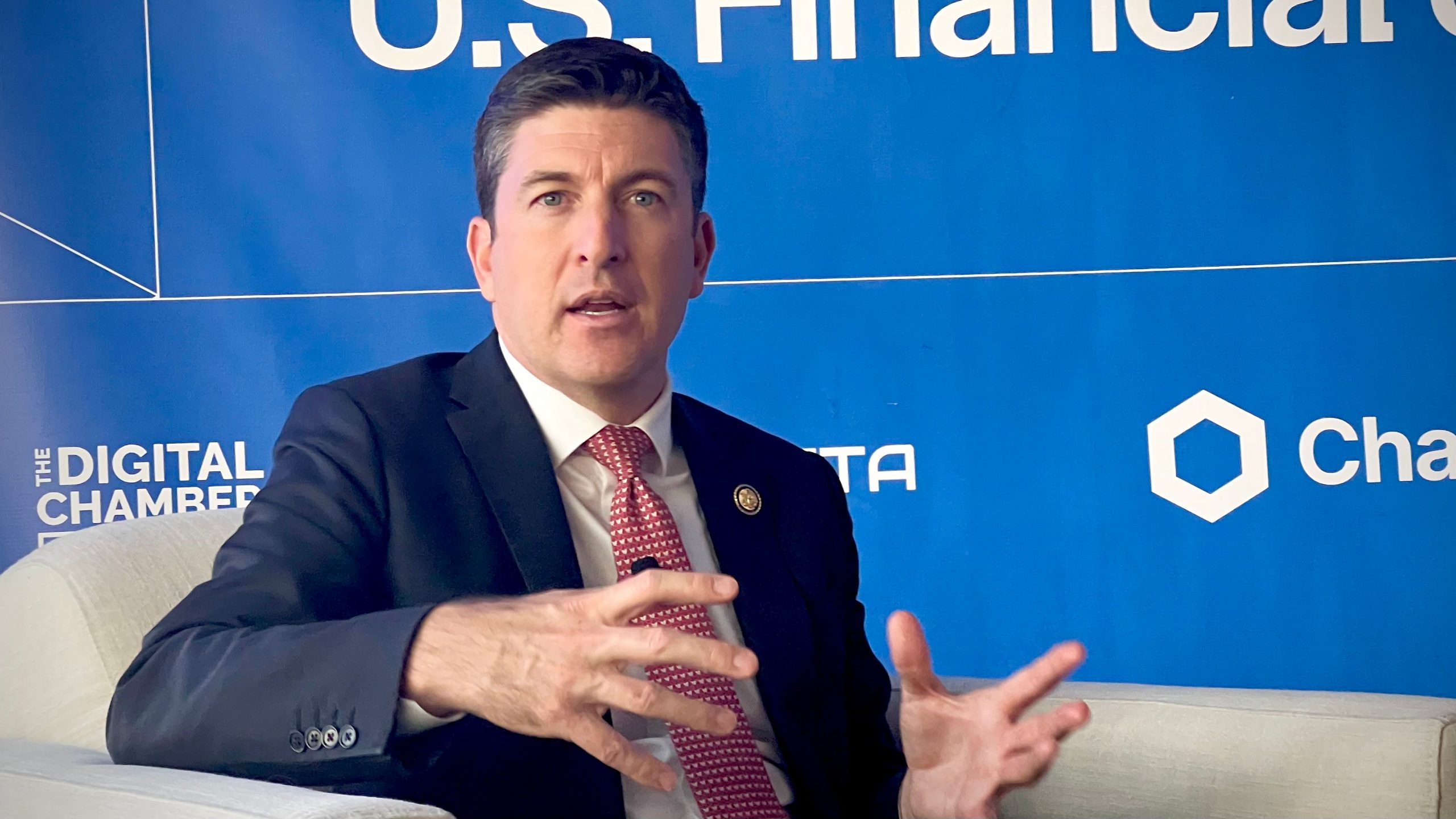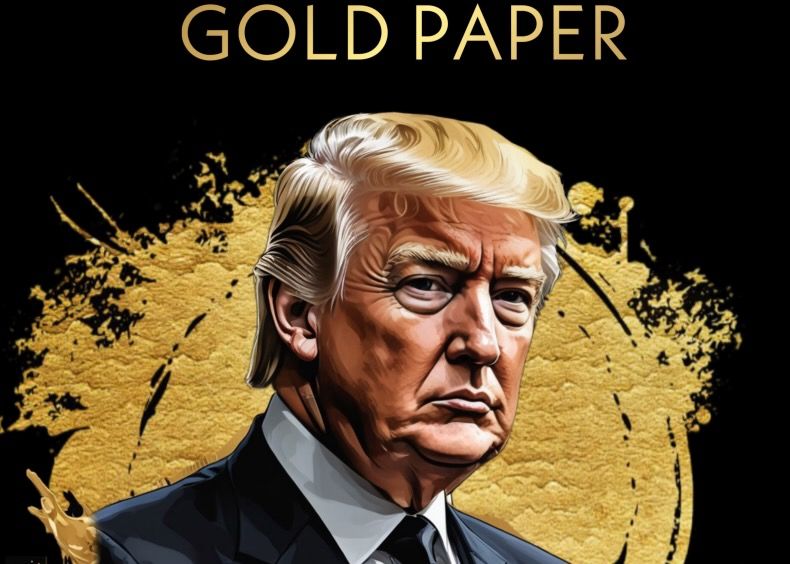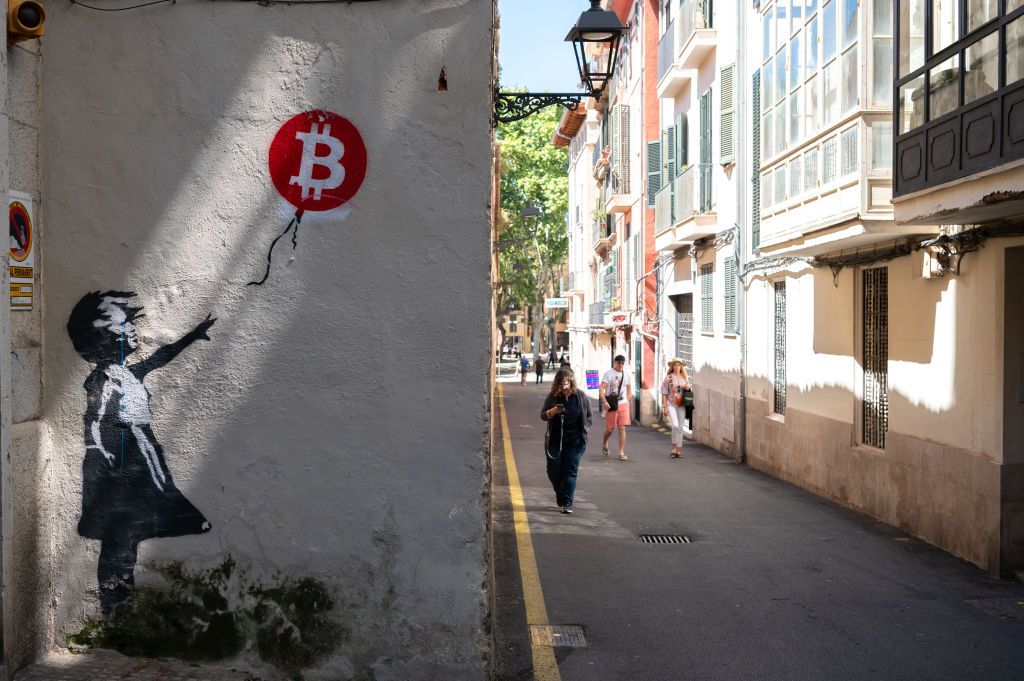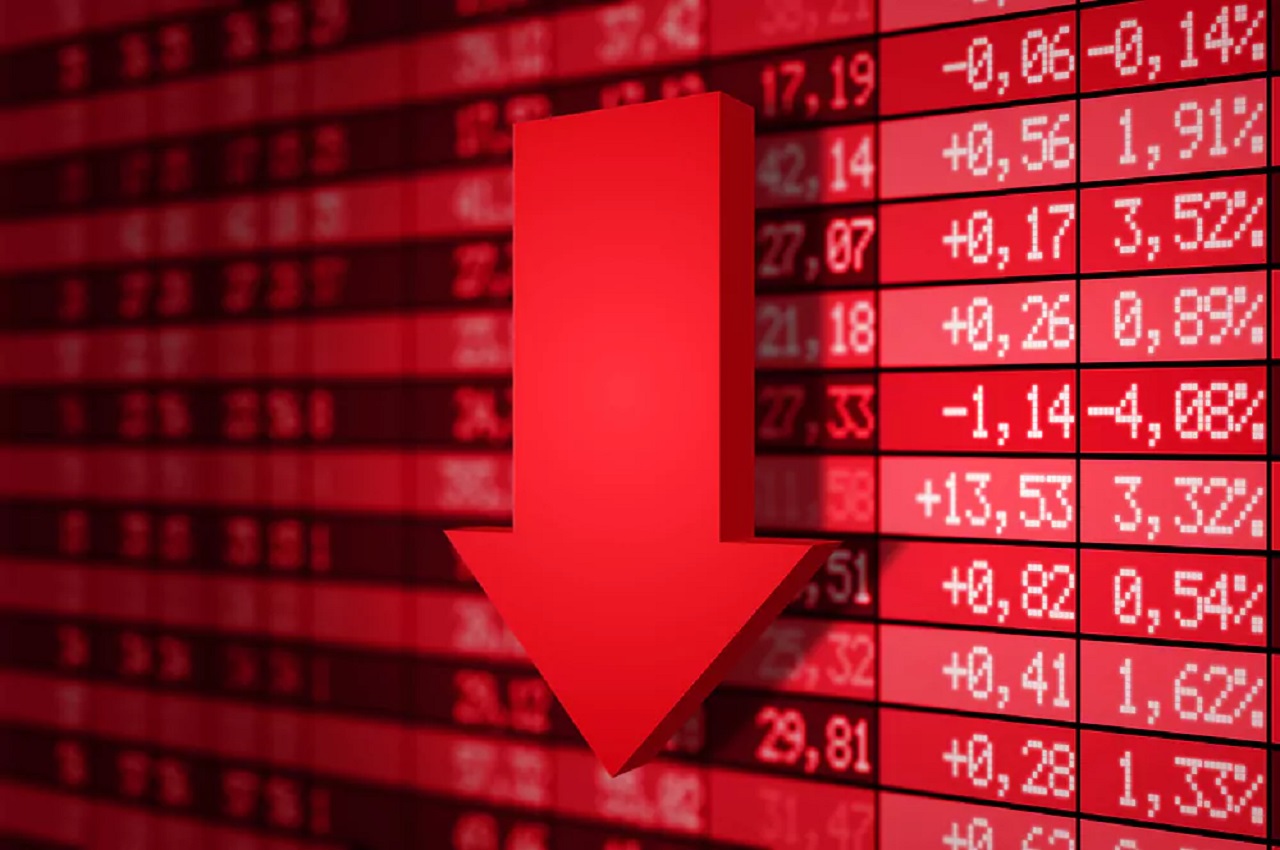The cost of living in the U.S. likely cooled in July, but the decline may not be enough to deter the Federal Reserve from aggressive rate hikes, which have roiled crypto markets this year and helped to send the price of bitcoin plunging.
The year-on-year increase in the Consumer Price Index (CPI) probably slowed to 8.7% in July from June’s four-decade high of 9.1%, based on a survey of economists by the data provider FactSet.
The slight decline would still leave inflation well above the Fed’s target of 2%. Besides, so-called core inflation, which strips out the volatile food and energy components, is forecast to have increased to 6.1% from 5.9%.
“The headline CPI is expected to be lower than the previous reading but we think it may be premature for the market to be pricing in the Fed pivot given the strength of the economic data released last week,” Dick Lo, founder and CEO of quant-driven trading firm TDX Strategies told CoinDesk.
Many investment banks are now of the opinion that the projected CPI decline won’t be enough to prompt the Fed to slow the pace of rate hikes from 75 basis point (0.75 percentage point) moves it has made at recent meetings. The dovish expectations have stabilized risk assets, including bitcoin, in recent weeks.
The monthly inflation readings have gained prominence this year, since they influence the Fed policy and the demand for the dollar, often a countervailing factor in the price of bitcoin. The dollar index, which tracks the greenback’s value against majors, has rallied by 11% this year, as the Fed embarked on its most aggressive tightening cycle in over two decades. Bitcoin has dropped by 50%.
Little wiggle room for Fed
According to Scotiabank, a giant Canadian lender, the July CPI could reinforce renewed expectations for bigger rate hikes stemming from last Friday’s stellar jobs report. Derivatives markets are back to pricing in a 75 basis point hike for September after leaning toward a 50 basis point move last month.
Derek Holt, vice president and head of capital markets economics at Scotia, expects the core CPI to tick higher to 6.1%, from 5.9%. “If that view proves to be correct,” Hold wrote in a note sent to clients on Friday, then it would mean the annualized month-over-month core CPI would be close to 7.5%, in line with the recent three-month moving average. Such a report would “indicate that inflationary pressures remain hot.”
Holt said markets have been pricing incuts starting in early 2023 and he would rather have the Fed overdo tightening to ensure inflation winds down without “boomeranging back upon us.”
“Markets to counsel otherwise could be tantamount to thinking you know more than your doctor and stopping your course of antibiotics midway,” Holt noted.
Fed Chair Jerome Powell said last month that the central bank may slow rate hikes at some point to assess the impact of tightening on inflation and the economy. However, things aren’t at that point yet, according to the investment banking giant Goldman Sachs.
“Next week’s inflation report seems very unlikely to offer ‘compelling evidence’ of a slowdown,” Goldman’s economic research team wrote in Friday’s edition of the Global FX Trader note. They cited “stiffer shelter costs” as one reason for revising up their core inflation forecasts for this year. “With the market still pricing cuts next year, the bottom line is that we still see upside risks to inflation and policy pricing over the next few months.”
Rapid wage growth and an overheated labor market highlighted by Friday’s nonfarm payrolls report suggest low odds of a significant decline in inflation anytime soon.
Avery Shenfeld, a chief economist at CIBC World Markets Inc, voiced a similar opinion in weekly note, forecasting an above-consensus core CPI that would be “too hot for the central bank’s tastes.”
Bitcoin’s fate tied to the dollar
Bitcoin may turn lower if the inflation print revives the stalled dollar rally. And to the dismay of bitcoin bulls, investment banks expect the greenback to remain strong through the rest of the year.
“We expect the USD to remain strong for the rest of this year. The overheating U.S. economy and the hawkish Fed have a lot to do with the strong USD. For the USD to weaken, the Fed has to be more concerned about growth than about inflation, and we are not there yet,” Bank of America’s global FX team said in a note sent to clients on Friday.
At press time, bitcoin changed hands near $23,200 and the dollar index was priced at 106.00.







